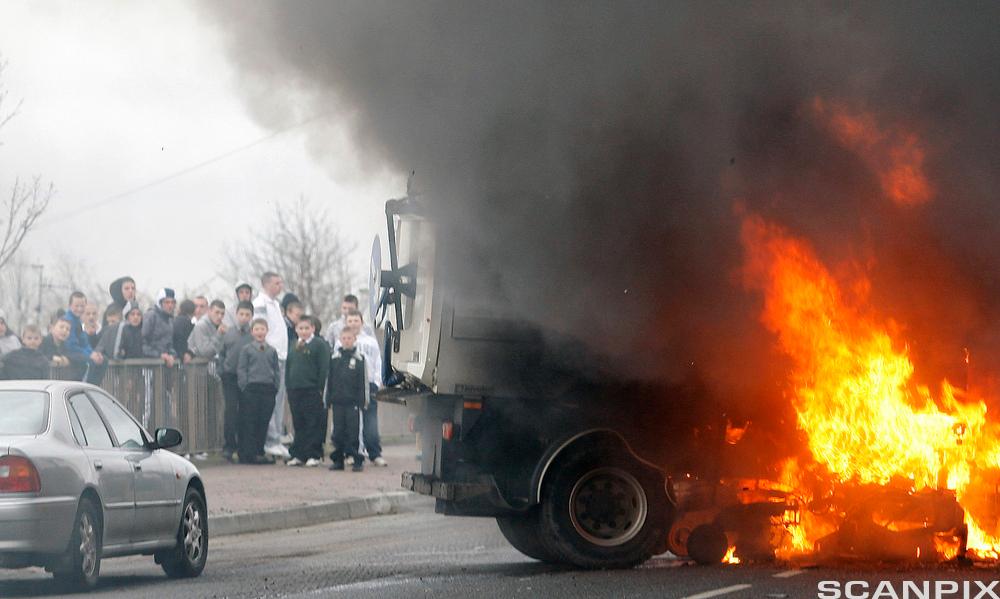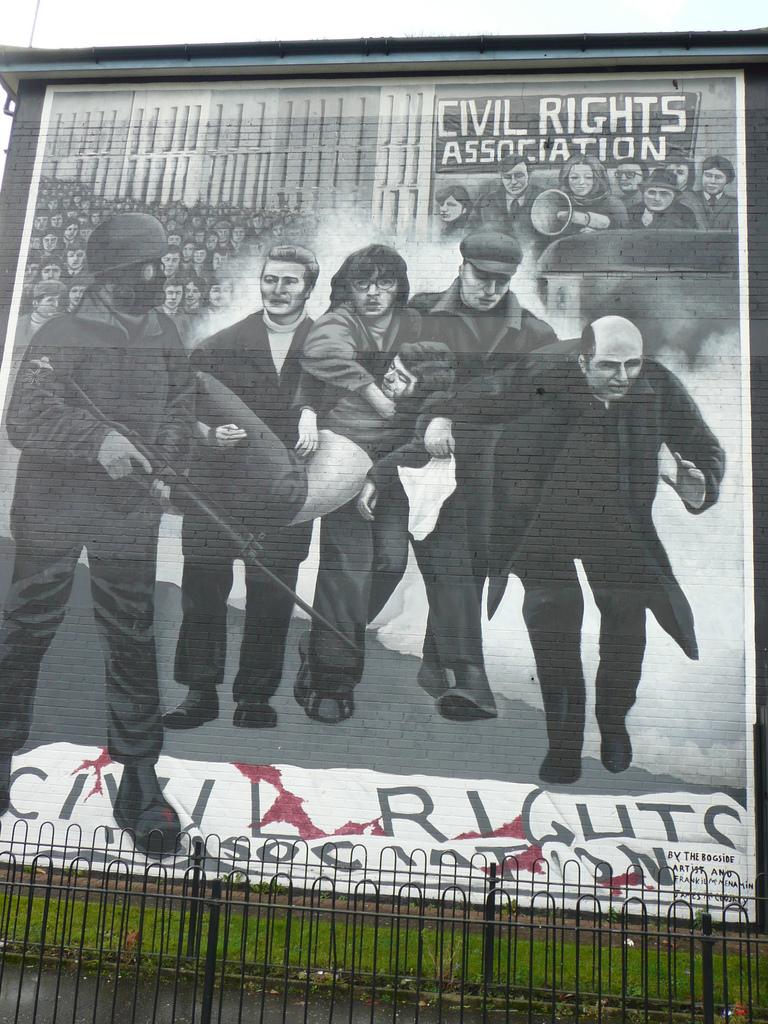Easy Text: The Troubles

The Troubles -1960s to Today
After many years of unrest and hatred between Catholics and Protestants, represented by the armed groups, the Catholic IRA (Irish Republican Army) and the Protestant UVF (Ulster Volunteer Force), the situation exploded in the late 1960s in killings, bombings and riots. This was the start of the period lasting until 1998 that is known as the Troubles. To keep the groups apart, the capital Belfast, was transformed into a war zone, and walls were raised to prevent the groups from attacking each other. For many years Belfast was known as “the Barricaded City”.
- Why do you think the period from the late 1960s up to 1998 was known as the Troubles?
- How did Belfast earn its nick name, “the Barricaded City”?

You have probably heard U2’s song “Bloody Sunday”. The song’s title refers to one of the saddest days in the history of Northern Ireland. This tragic Sunday in 1972, 13 civilians taking part in a peaceful demonstration were killed and 16 injured by the British Army. Bloody Sunday is often portrayed in murals (veggmalerier). Look at this example from Londonderry.
In 1998, the Belfast Agreement was signed by the British and Irish governments, putting an end to the conflict. The IRA declared an end to their armed campaign in 2005 and handed in their arms. Northern Ireland's devolved government returned in 2007 and has responsibility for the country's domestic affairs. All issues have not been solved and there are still incidents involving militant groups, but the situation in N. Ireland is now relatively peaceful.
- devolved government = regjering som har fått overført styring fra en sentral makt/ei sentral makt
- domestic = innenriks/innanriks
- Why was 1998 an important year?
- What kind of government does N. Ireland have today?